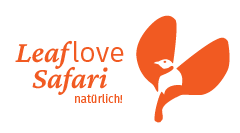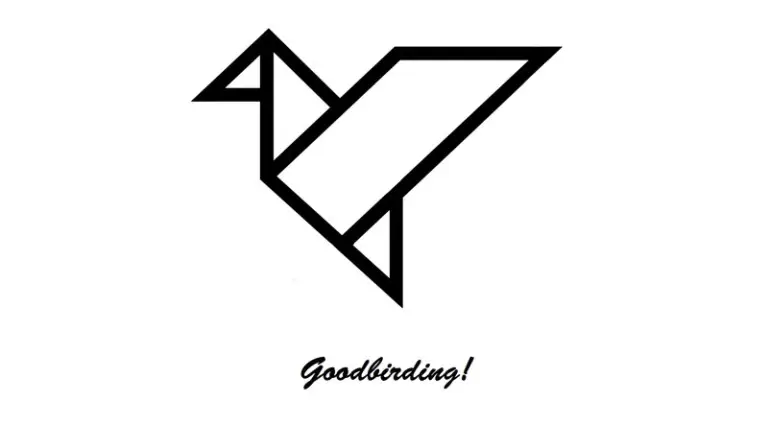Travelogue of the "Kaoko - Damara Initiative Grütter"
- Home
- About us
- Travelogues
- Kaoko Damara – Gruetter 2023
pure wilderness in Kaokoland and Damaraland Namibia
Travelogue of an individually compiled version of the Kaoko Damara trip to the north-west of Namibia
Guided in a group size of 4 people
Here you can find the pictures of this trip:
I am consistently amazed by the resilience of our guests after enduring long flights. “It’s the anticipation, the adrenaline,” Moritz remarked as we made our way to the first of many natural wonders, Birders Paradise, a lush oasis nestled among the golden dunes.
Despite the logistical convenience of our landing in Walvis Bay, the guests had to endure a crowded check-in at Cape Town, which they described as “almost stressful.”
Approximately an hour after arriving, we were greeted by thousands of both lesser and greater flamingos, a spectacular sight east of the town of Walvis Bay. Unfortunately, our binoculars were still packed away, but we relished the breathtaking scenery nonetheless, undeterred by the fierce winds.
My wife, Lisa, joined us for dinner, adding a delightful dimension to our conversations as we delved into topics ranging from Namibian art to contemporary perspectives on African life, and even personal matters.
We started the next day with a satisfying breakfast at Rapmund, known for its exceptional offerings that even locals from Swakopmund frequent. Our journey then took us into Damaraland, where, amid the seemingly barren Namib Desert, I chanced upon a desert chameleon. This time, our optics were at the ready, and we savored the opportunity to observe, discuss, and capture the captivating reptile from every angle.
The hike to the rock engravings at Twyfelfontein was a moderate touristy experience, nonetheless enjoyable and fulfilling. Some sights simply demand to be seen, and we were glad to have done so.
Mowani Lodge presented an awe-inspiring spectacle in itself, with its stunning views and a breathtaking sunset that was accompanied by impeccable service, including refreshing gin and tonics and a delectable dinner. Being a tour guide truly fills me with gratitude for the delightful experiences we can provide.
We were thrilled to have observed the sought-after Benguela Long-billed Lark and Gray’s lark to our heart’s content.
Our journey continued westward, navigating through thick sands along the Awa-Huab dry riverbed. It took considerable patience, tracking, and time to spot the first desert elephants. Along the way, we were constantly interrupted by springboks and ostriches, set against the backdrop of the striking yellow blossoms of the morning stars Tribulus zeyherii.
Our perseverance paid off as we were treated to the exclusive sight of a large herd of swiftly moving desert elephants in a truly spectacular setting.
Palmwag! The historical accounts of the “pad makers” waiting amidst the macalani palms to welcome the young surveyor added a nostalgic touch to our stop at Palmwag Lodge. We marveled at the Rosy-faced lovebirds in the palms, the chipmunks in the rafters, and the various weavers and sparrows at the watering hole.
The following morning, we embarked on a bumpy journey to the “Rhino Valley,” where, with the assistance of two young rangers, we tracked down a rhino and closely followed its movements. We took great care to respect the animal’s space, being mindful of its shy and potentially aggressive nature. The efforts invested in the pursuit of this majestic creature were rewarded with a memorable encounter that underscored the importance of conservation efforts.
Our northward drive commenced with a promising start, and our expectations were met as we encountered the elusive Herero Chat, a must-see for any birder exploring Namibia. It was a challenging sighting, but the thrill of finding this rare bird was well worth the effort.
The landscapes of Kaokoland left us in awe, with the “Stonemen,” a mysterious work of art sculpted by a little-known Namibian artist, standing as a testament to the region’s enigmatic beauty. Our journey was characterized by unique bird sightings, from the hoeschii subspecies of the Gray’s Lark to the Benguela Long-billed Lark in the old granite.
While the Welwitschia might have escaped the notice of those familiar with it, we took a moment to appreciate its significance, engaging in a discussion about its botanical evolution and the historical events that led to its discovery and recognition as a living fossil.
Our expedition up the Hoarusib proved to be a remarkable wildlife encounter, defying our preconceptions of the arid landscape. The presence of giraffes against the backdrop of vibrant geological formations, the playful antics of baboons, and the graceful movements of elephants left a lasting impression.
Our journey through the Skeleton Coast Park along the dry Hoanib River was characterized by the sight of towering sand dunes sculpted by relentless winds and the resounding roars of the Kunene at the Epupa Falls. The wildlife sightings, including the desert elephants, left us spellbound, emphasizing the delicate balance of life in this rugged terrain.
The hospitality at Hoanib Valley Camp, marked by cheerful singing and warm service, offered us a taste of unexpected luxury amid the wilderness. Our local guide, Roman, a true native Damara, regaled us with insightful knowledge and captivating stories, making our stay all the more enriching. It was evident that the essence of the African wilderness could be experienced best when approached with a genuine passion for its conservation and preservation.
A visit to the Epupa Falls Lodge, overlooking the majestic Epupa Falls, provided us with a serene respite amid the resonating thunder of the cascading waters. Our exploration of the Himba village, facilitated by our knowledgeable guide Owen, provided an authentic glimpse into the cultural intricacies of the Himba community. The interactions with the Himba people and their daily activities added a deeply human touch to our journey, fostering a sense of connection with the local way of life.
Our visit to Omandumba Farm’s Living Museum offered a profound insight into the rich cultural heritage of the San Book people, leaving a lasting impression on the group. The enriching experiences during our hikes, particularly the pursuit of the Damara Rock-jumper, left us with a profound appreciation for the intricacies of the natural world.
As we made our way to Swakopmund, we savored the offerings of the local establishments, enjoying a taste of home at Two Beards and exploring the unique flavors at Sandy’s gin distillery. The scenic beauty and gastronomic delights of Swakopmund provided a delightful conclusion to our adventure, leaving us with cherished memories of our time in Namibia.
As our guests departed from Walvis Bay, I couldn’t help but reflect on the lasting friendships formed during our journey. Despite the bittersweet goodbyes, I found solace in the knowledge that our shared experiences would continue to resonate within us, serving as a reminder of the profound connections fostered through our exploration of Namibia’s diverse landscapes and vibrant culture.
Extensive gallery of the trip


